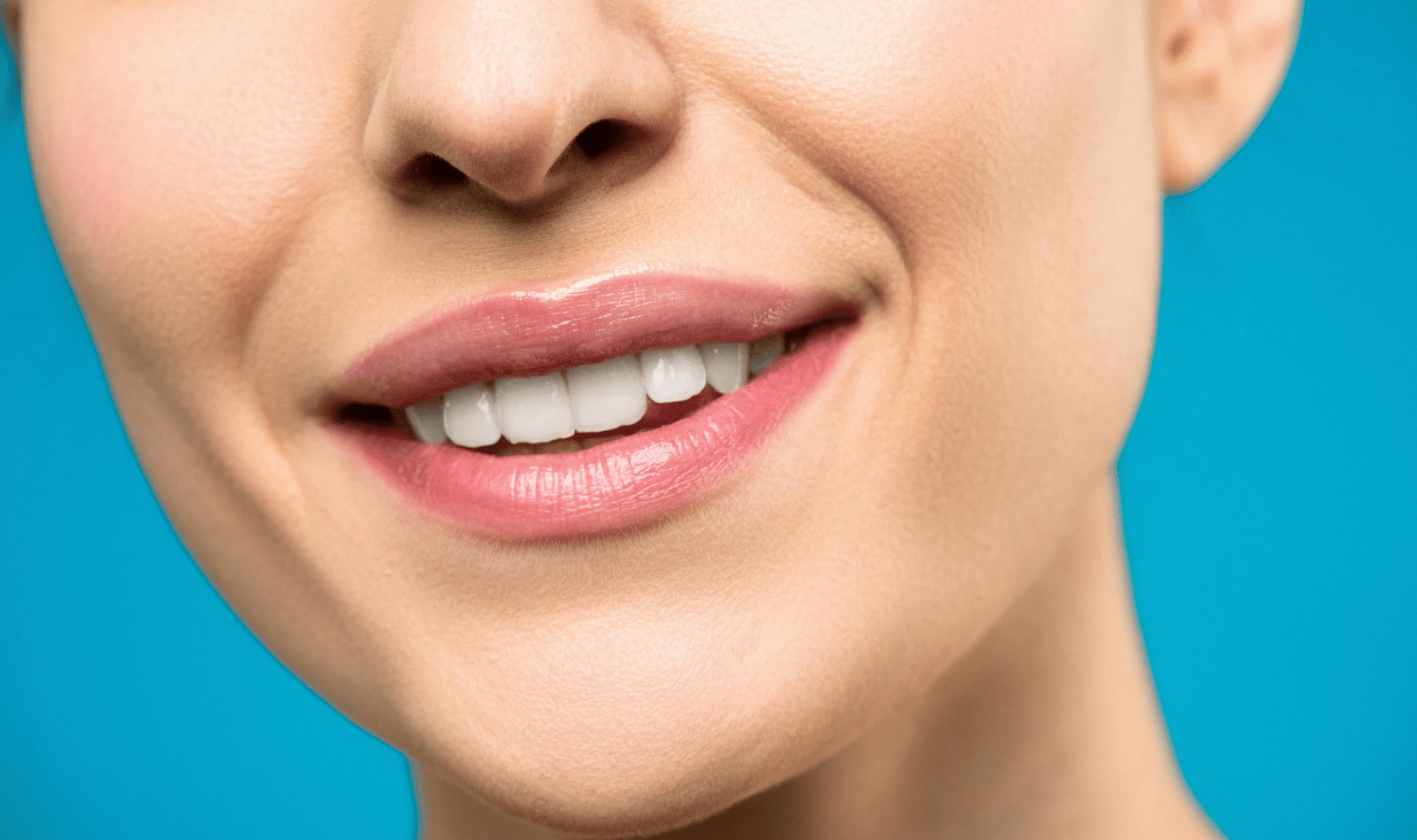How Can You Maintain a Bright Smile After Whitening?

Achieving a whiter, brighter smile through teeth whitening is a fantastic confidence booster. Whether you opted for an in-office treatment or a take-home kit, the results can be truly transformative. However, maintaining that dazzling smile requires ongoing effort and commitment. Just as a pristine white car needs regular washing and waxing, your newly whitened teeth need consistent care to prevent stains and maintain their radiance. This comprehensive guide provides practical tips and strategies to help you preserve your bright smile long after your whitening treatment is complete.
The Importance of Aftercare: Protecting Your Investment
Teeth whitening, whether achieved through in-office like at Diamond Smile, or take-home treatments, is an investment in your appearance and self-esteem. Protecting that investment through proper aftercare is essential for long-lasting results. Think of teeth whitening as laying a clean foundation. That foundation needs continual protection to avoid staining.
- Preventing Stain Re-Accumulation: Certain foods, drinks, and lifestyle habits can quickly re-stain your newly whitened teeth. Following a strict aftercare regimen can minimise the risk of discolouration.
- Extending the Results: With proper care, you can extend the results of your whitening treatment for months or even years, reducing the need for frequent touch-ups.
- Maintaining Oral Health: Good oral hygiene is crucial for both maintaining a bright smile and preventing dental problems such as cavities and gum disease. A comprehensive oral health approach, focusing on prevention and early detection, is paramount.
- Sustaining Confidence: A bright smile is a key contributor to self-confidence. By diligently caring for your teeth, you can maintain that confidence and continue to make a positive impression.
Immediate Aftercare: The First 48 Hours Are Critical
The first 48 hours after your whitening treatment are the most crucial for preventing stain re-accumulation. During this period, your teeth are more porous and susceptible to staining agents.
- The “White Diet”: Adhere to a “white diet” for the first 48 hours. This means avoiding any foods or drinks that could potentially stain your teeth, including:
- Coffee and tea
- Red wine
- Coloured sodas and juices
- Berries
- Tomato sauce
- Soy sauce
- Chocolate
- Embrace White and Clear Options: Focus on consuming white or clear foods and drinks such as:
- Water
- Milk
- Clear soups
- White rice
- Chicken or fish
- Cauliflower
- Avoid Tobacco: Refrain from smoking or using tobacco products, as these are major culprits of teeth staining.
Long-Term Maintenance: A Consistent Oral Hygiene Routine
Maintaining a bright smile after whitening requires a consistent and diligent oral hygiene routine.
- Brush Twice Daily: Brush your teeth at least twice a day with fluoride toothpaste. Pay particular attention to brushing after meals and before bed.
- Floss Daily: Floss daily to remove plaque and debris from between your teeth, where your toothbrush cannot reach.
- Rinse with Mouthwash: Use an alcohol-free mouthwash to help kill bacteria and freshen your breath.
- Use a Whitening Toothpaste (with Caution): Use a whitening toothpaste to help remove surface stains. However, be careful not to overuse whitening toothpastes, as they can be abrasive and damage the enamel.
- Interdental Brushes: Supplement your cleaning with small interdental brushes designed to clean in-between teeth.
- Brush your tongue: Remember to brush your tongue to remove bacteria that can cause bad breath and contribute to teeth staining.
Dietary Habits: Making Smart Choices for a Brighter Smile
Your dietary habits play a significant role in maintaining the brightness of your smile. Making smart food and drink choices can help prevent stain re-accumulation.
- Limit Staining Foods and Drinks: Reduce your consumption of coffee, tea, red wine, dark-coloured sodas, and other staining substances.
- Use a Straw: When consuming staining beverages, use a straw to minimise contact with your teeth.
- Rinse After Consuming Staining Substances: Rinse your mouth with water or fluoride mouthwash after consuming staining foods and drinks.
- Eat Teeth-Cleaning Foods: Certain foods, such as apples, carrots, and celery, can help to naturally clean your teeth by stimulating saliva production and scrubbing away surface stains.
- Stay Hydrated: Drink plenty of water to keep your mouth hydrated and help wash away food particles and bacteria.
Professional Hygienist Treatments: Regular Maintenance for a Sparkling Smile
Regular professional hygienist treatments are essential for maintaining a bright and healthy smile. These treatments remove plaque, tartar, and surface stains that can accumulate over time, even with diligent home care.
- Professional Cleaning: A professional cleaning removes plaque and tartar buildup, which can contribute to staining and discolouration.
- Polishing: Polishing removes surface stains and helps to smooth the enamel, making it more resistant to staining.
- Fluoride Treatment: A fluoride treatment strengthens the enamel and helps to protect against cavities and tooth decay.
- Early Detection: Regular check-ups with a professional hygienist allow for early detection of any dental problems, such as gum disease or tooth decay, which can affect the appearance of your smile.
Touch-Up Whitening Treatments: Maintaining Optimal Brightness
Even with diligent care, some stain re-accumulation is inevitable over time. Touch-up whitening treatments can help to maintain optimal brightness.
- At-Home Whitening Kits: Use at-home whitening kits as recommended by your dental professional to touch up your smile periodically. These kits typically contain custom-fitted trays and a whitening gel.
- In-Office Touch-Ups: Schedule occasional in-office touch-up whitening treatments for a more intensive brightening boost.
- Follow Instructions: Always follow the instructions provided by your dental professional when using at-home or in-office whitening treatments.
Lifestyle Choices: Protecting Your Smile from External Factors
Certain lifestyle choices can significantly impact the brightness of your smile.
- Quit Smoking: Smoking is a major culprit of teeth staining. Quitting smoking is one of the best things you can do for your overall health, including the health and appearance of your teeth.
- Limit Alcohol Consumption: Excessive alcohol consumption can contribute to dry mouth and increase the risk of tooth decay and staining.
- Manage Stress: Stress can lead to teeth grinding and clenching, which can damage the enamel and contribute to discolouration. Practice stress-management techniques such as yoga, meditation, or exercise.
Addressing Underlying Dental Issues: Promoting Overall Oral Health
Addressing any underlying dental issues, such as cavities or gum disease, is crucial for maintaining a bright and healthy smile.
- Cavity Prevention: Practise good oral hygiene and visit your dentist regularly for check-ups to prevent cavities. If you do develop a cavity, choose invisible filling options to maintain the natural look of your teeth.
- Gum Health: Maintain good gum health by brushing and flossing daily and visiting your hygienist for regular cleanings. Untreated gum disease can lead to tooth loss and affect the appearance of your smile.
- Alignment Issues: If you have misaligned teeth, consider orthodontic treatment such as Invisalign to straighten your teeth and improve your smile’s appearance. Straight teeth are easier to clean, reducing the risk of plaque buildup and staining.
- Dental Implants: The appearance is improved significantly if you have missing teeth by opting for dental implants which can then be whitened to match the rest of your smile.
Cosmetic Dentistry Options: Enhancing Your Smile’s Appearance
For those seeking a more dramatic smile transformation, cosmetic dentistry offers several options to enhance your smile’s appearance. A consultation can help create a tailored plan.
- Porcelain Veneers: Porcelain veneers are thin shells that are bonded to the front of your teeth to improve their colour, shape, and size.
- Composite Bonding: Composite bonding involves applying a tooth-coloured resin to your teeth to correct imperfections such as chips, cracks, and stains.
- Smile Makeovers: A smile makeover involves a combination of cosmetic dentistry procedures to create a complete smile transformation.
Dental Finance: Making a Brighter Smile Accessible
Investing in teeth whitening and other dental treatments can be a significant expense. Dental finance offers an easy and cost-effective way to spread the payments, making a brighter smile accessible to more people. Spreading payments allows you to fit essential treatments into your budget.
The Importance of Family-Friendly Dental Care: Starting Early
Establishing good oral hygiene habits early in life is crucial for maintaining a bright and healthy smile throughout childhood and beyond. Children having trust in their dentist means they have a better chance of continued care as adults.
Conclusion: A Lifelong Commitment to a Dazzling Smile
Maintaining a bright smile after whitening requires a lifelong commitment to good oral hygiene, healthy lifestyle choices, and regular professional care. By following the tips and strategies outlined in this guide, you can extend the results of your whitening treatment and enjoy a radiant smile for years to come. Early detection and preventative services are vital to your long-term health and to a bright, confident smile. Whether through cosmetic improvements or regular maintenance, you can benefit from a well-designed plan to ensure your smile stays brighter for longer. Remember to take advantage of available financing options, making this investment more manageable.




